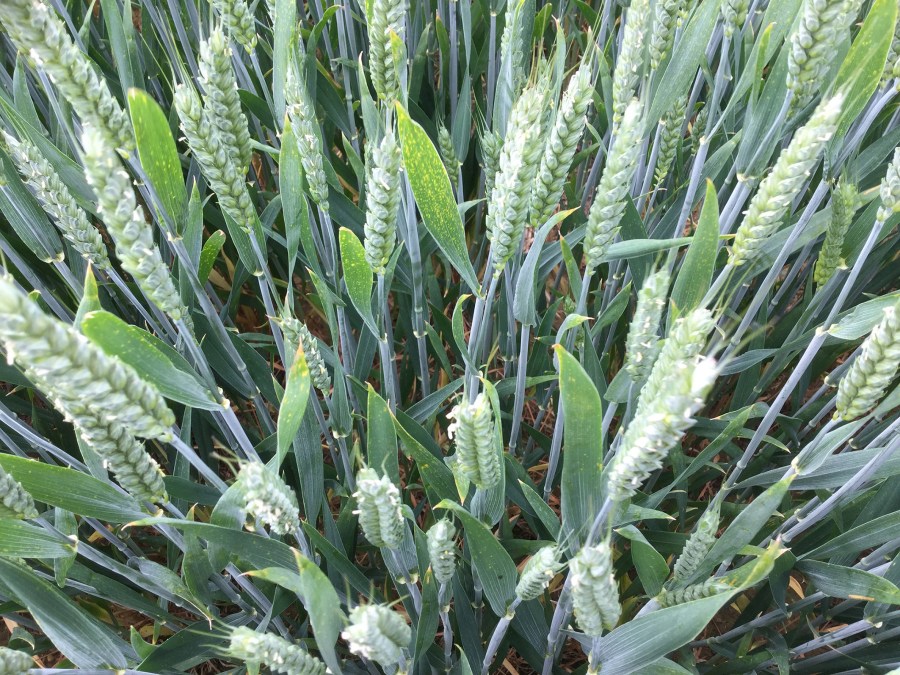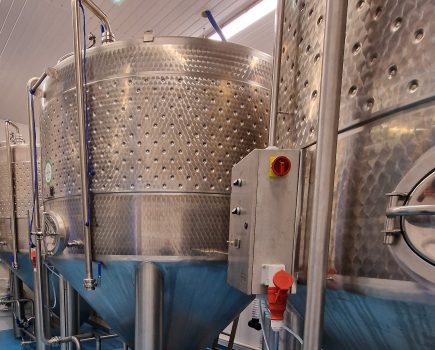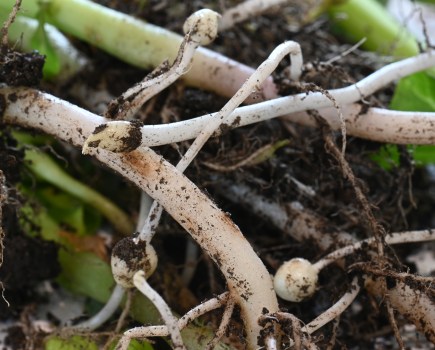Harvest delays brought on by this summer’s catchy weather have underlined the importance of growing winter wheat varieties that aren’t late-maturing, according to the latest advice from Syngenta. Charlotte Cunningham reports.
Opting for early maturing varieties could be a key consideration when it comes to selecting winter wheat varieties in order to minimise the risk of harvest delays, according to Syngenta’s technical manager for conventional cereals, Kathryn Hamlen.
Earlier maturity could also be especially relevant if intending to delay drilling to reduce pressure from barley yellow dwarf virus, fungal diseases or grass weeds, she adds.
“This summer saw reports of grain sprouting in ears where crops couldn’t be harvested in time before the rains arrived,” says Kathryn.
“You don’t necessarily have to grow the very earliest-maturing winter wheat — maybe something rated zero for ripening on the AHDB Recommended List. Even just a few days’ earlier harvesting could provide an important safety margin against unpredictable summer weather.
“If you are considering delaying drilling, against barley yellow dwarf virus for example, this sort of earlier ripening becomes even more significant. That’s because later drilling inevitably tends to push harvest date even further back.”
Fungicide timings
Besides maturity, another increasingly noteworthy characteristic to consider in winter wheat — given rising concerns about controlling unpredictable yellow rust outbreaks and Septoria tritici — is varieties that don’t have long intervals between fungicide spray timings, such as T1 and T2, adds Kathryn.
“This is important to ensure fungicides don’t run out of steam between applications, leaving plants exposed to infection.
“Trials observations show that because they are fairly late to reach growth stage 30 and relatively early-maturing, the winter feed wheat varieties Gleam and Graham don’t tend to suffer from stretched spray intervals. They also have good disease resistance.
“Both varieties have also delivered fantastic yields in trials in the 2019 harvest, and the performance from Gleam in its first year on farm this last season has been excellent.”
In Syngenta trials, Gleam has also shown the smallest yield penalty of all varieties tested from delaying drilling from September to the last week of November, she adds. “Gleam also performs well as a second wheat, which is another situation where drilling is likely to be later.”




